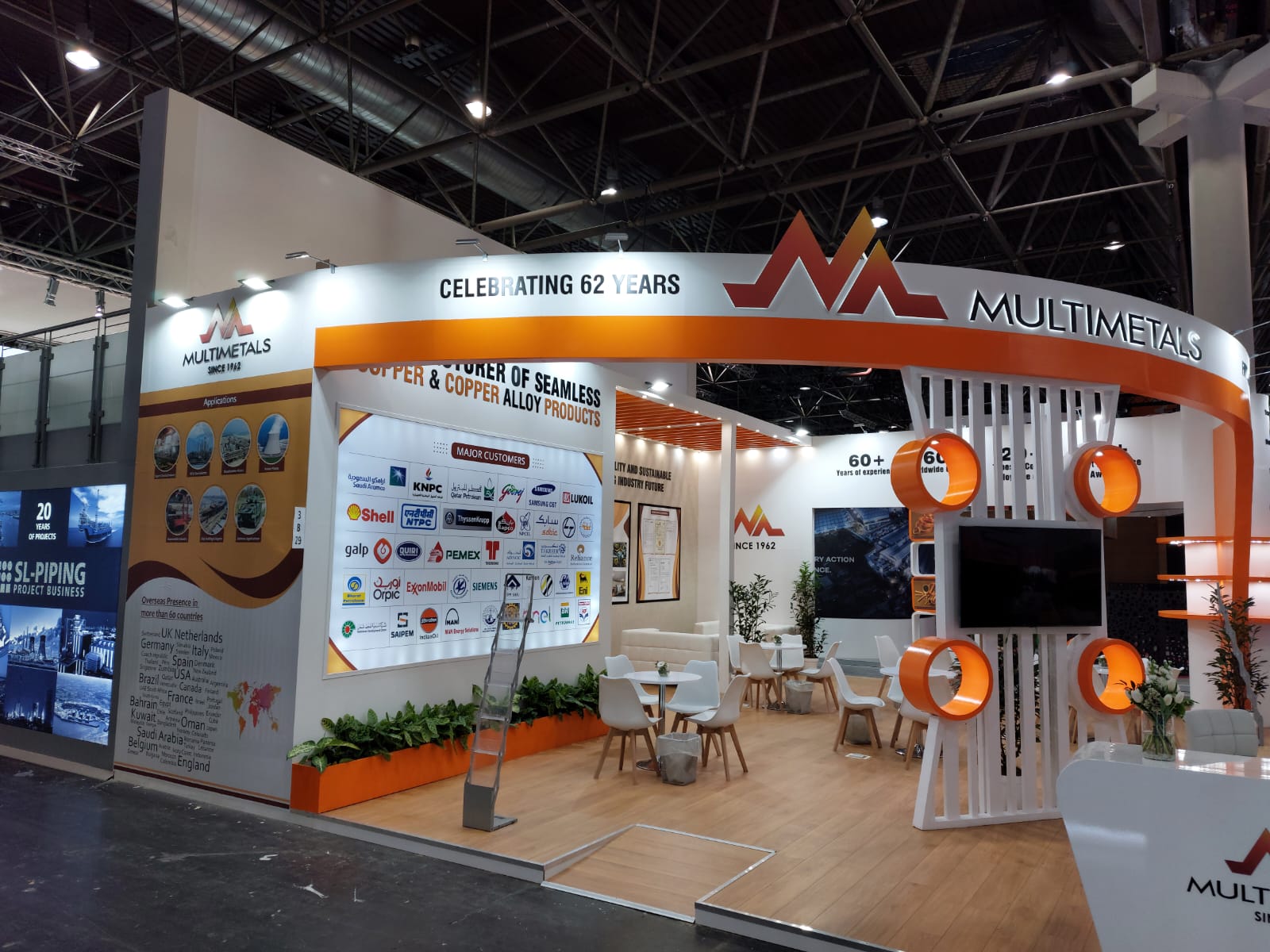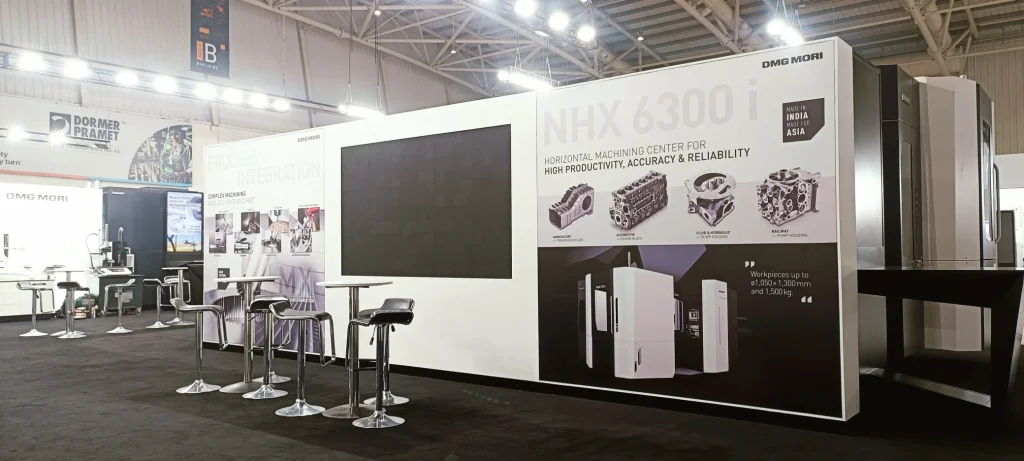
Introduction:
In the whirlwind of a trade show, where businesses strive to capture attention, make connections, and stand out from the crowd, one often overlooked yet powerful tool lies in the realm of color psychology. Understanding how colors influence human emotions, perceptions, and behaviors can significantly impact the success of trade show exhibits.
In this exploration, we delve into the intricate world of color psychology and its profound effects on attendee interactions at trade show exhibits, uncovering the subtle yet impactful ways in which hues can shape attendee experiences.
Understanding Color Psychology:
Color psychology delves into the intricate relationship between colors and human psychology, revealing the profound impact that different hues have on emotions, perceptions, and behaviors.
From the calming effect of blue to the energizing power of red, each color possesses unique qualities that evoke specific responses in individuals, making it a potent tool for communicators and marketers alike.
Creating a Memorable First Impression:
At a trade show, where competition for attention is fierce, the initial impression made by an exhibit can make or break its success. The strategic selection of colors plays a pivotal role in capturing attention, differentiating from competitors, and enticing visitors to explore further.
Vibrant hues may attract attention from afar, while subtle shades can convey sophistication and elegance, setting the tone for a memorable attendee experience.
Eliciting Emotional Responses:
Colors possess the remarkable ability to evoke a wide range of emotions, from joy and excitement to calmness and trust. By understanding the emotional associations of different colors, exhibitors can create immersive environments that resonate with attendees on a visceral level.
Warm tones like orange and yellow can evoke feelings of optimism and enthusiasm, while cool tones like green and purple may instill a sense of relaxation and serenity, subtly influencing attendee mood and engagement.
Establishing Brand Identity:
Consistent use of brand colors is essential for reinforcing brand identity and fostering brand recognition within the bustling trade show environment. Aligning booth design and branding materials with brand colors not only enhances visual cohesion but also strengthens brand recall among attendees.
By incorporating brand colors into booth elements such as signage, displays, and promotional materials, exhibitors can leave a lasting impression that resonates long after the event concludes.
Guiding Attendee Navigation:
Strategic use of color aids in guiding attendees through the exhibit space intuitively, enhancing their overall experience and facilitating engagement with booth content. By employing color cues to designate different areas or zones within the exhibit, exhibitors can streamline navigation and create a cohesive flow that guides attendees seamlessly from one attraction to the next.
Bold colors may draw attention to key areas of interest, while subtle accents can subtly guide visitors along their journey, ensuring they encounter all that the exhibit has to offer.
Enhancing Product Presentation:
In the competitive landscape of a trade show, the presentation of products and services plays a critical role in capturing attendee interest and driving engagement. Colors can be leveraged to accentuate product features, communicate benefits, and evoke desired emotions in potential customers.
For example, vibrant hues may convey energy and excitement, while muted tones can evoke a sense of sophistication and refinement, enhancing the perceived value of showcased products and services.
Promoting Engagement and Interaction:
Interactive experiences within trade show exhibits offer a unique opportunity to engage attendees on a deeper level and forge meaningful connections. By integrating color into interactive displays, games, or activities, exhibitors can captivate attendees’ attention and encourage active participation.
Vibrant color schemes may elicit feelings of excitement and enthusiasm, while dynamic lighting effects can create a sense of intrigue and wonder, drawing attendees into the experience and fostering memorable interactions that leave a lasting impression.
Incorporating Cultural Considerations:
As trade shows increasingly attract attendees from diverse cultural backgrounds, exhibitors must be mindful of cultural nuances when employing color in their exhibits. Colors may carry different meanings and associations across cultures, necessitating sensitivity to cultural preferences and interpretations.
In international trade show settings, exhibitors should carefully consider the cultural context and implications of color choices to ensure that their exhibits resonate positively with attendees from diverse cultural backgrounds.
Conclusion:
In the fast-paced and competitive environment of trade shows, where exhibitors vie for attention and engagement, the strategic use of color can be a powerful tool for influencing attendee behavior and shaping the overall attendee experience. By understanding the nuances of color psychology and leveraging colors effectively in booth design and branding, exhibitors can create immersive, engaging environments that resonate with attendees on a deep emotional level, fostering connections, driving engagement, and ultimately, achieving success at trade shows.
As you plan your next trade show exhibit, remember the profound impact that colors can have on attendee perceptions and interactions, and harness the power of color psychology to create experiences that captivate, inspire, and leave a lasting impression.


 US
US
 EU
EU


